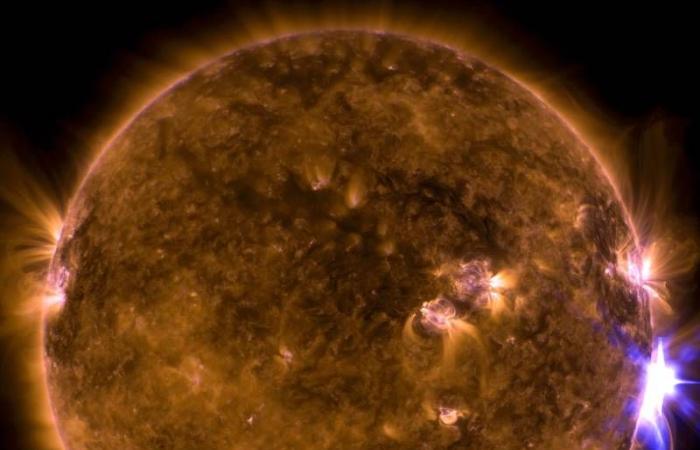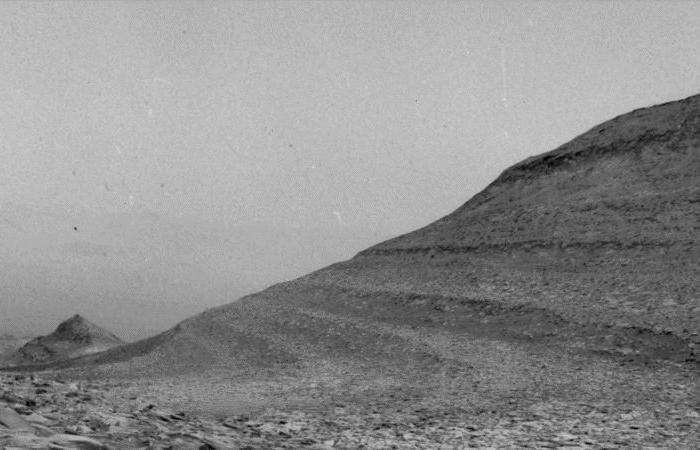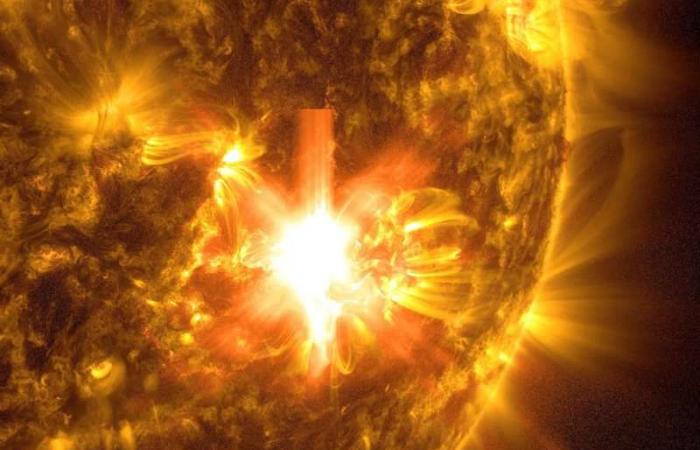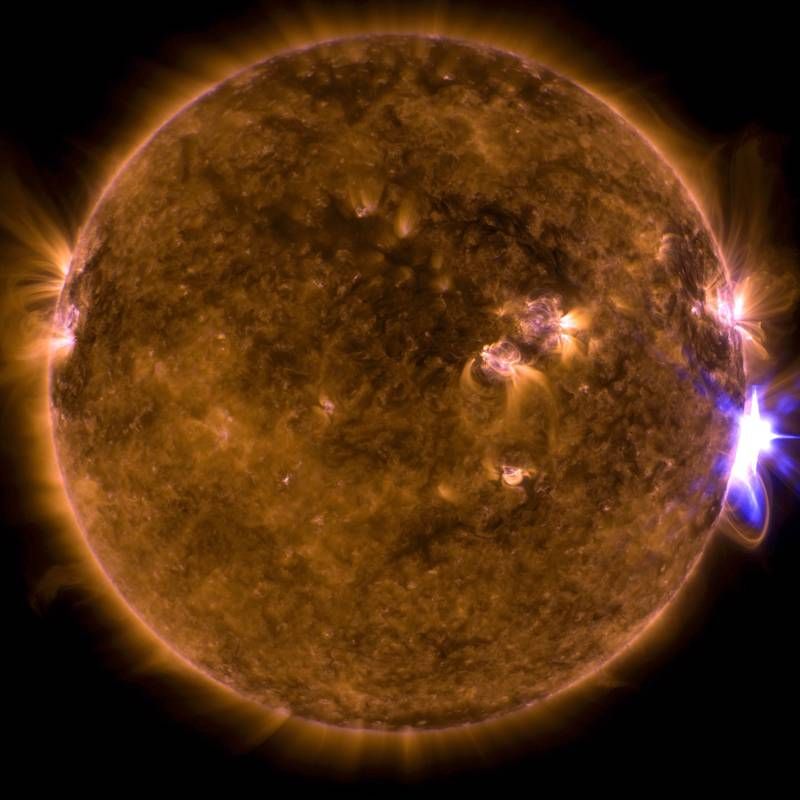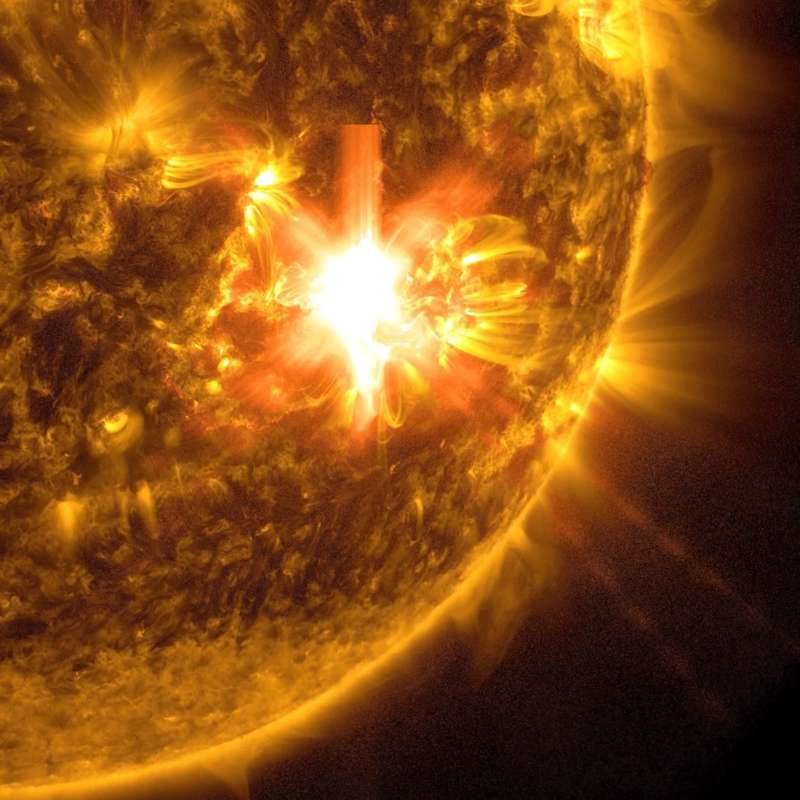Just a few weeks ago there was a phenomenon that amazed the world: the night sky was covered with northern lights in places as unexpected as Spain or Mexico, countries located at very low latitudes, where these types of events do not usually occur.
The cause was a powerful solar storm, an unusual activity of our star that causes several consequences on Earth. In addition to the auroras, this event can threaten electrical and satellite networksor alter the natural behavior of some animals.
However, NASA and other special agencies used this opportunity to Learn more about the Sun and its effects on our planet, since it is not the first time that something like this has happened and, furthermore, the Sun has entered a period of maximum activity this year. Therefore, the study of these events It is of special interest to humanity.
One of the most curious discoveries, obtained specifically by NASA, has been the record of x-rays and gamma rays on Mars, which came from that same solar storm. This means, among other things, that we can know some of the effects of this same phenomenon on the red planet and compare them with those that occurred on Earth.
NORTHERN LIGHTS ON MARS
Several solar flares and coronal mass ejections (CMEs) have caused the northern lights in the Martian atmosphere similar to those we have been able to observe on Earth, although brighter and located around the entire planet.
This has been detected by NASA’s MAVEN (Mars Atmosphere and Volatile EvolutioN) orbiter, in spectacular images that show how energetic solar particles enter the atmosphere of Mars, a planet that has lost its magnetic field and is therefore not protected from these events. The reason behind his disappearance is still a mystery.
These particles have been detected through the arrival of x and gamma rays with the spacecraft Solar Orbiterthat They traveled to the red planet at the speed of lightspecifically on May 20, 2024. Later, the European Space Agency and NASA estimated that the type of solar storm corresponded to one of the strongest known: it was class X12.
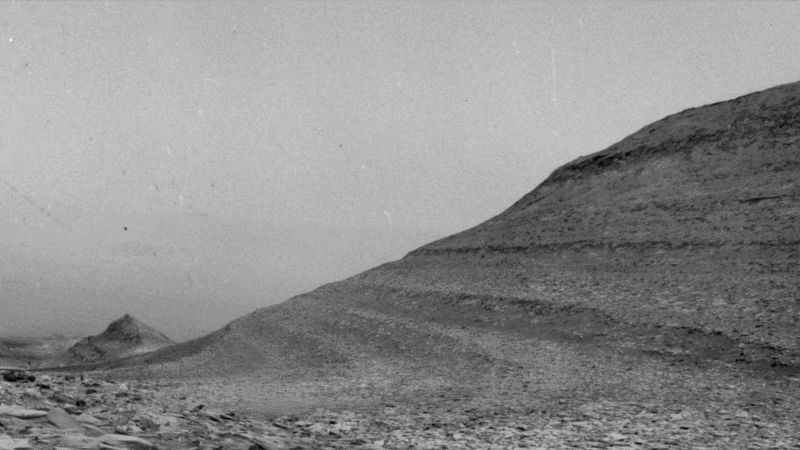

While recording some wind gusts on Mars, the rover Curiosity captured the arrival of particles from a strong solar storm.
This is significant solar behavior, not only for our planet but also for those others we observe and wish to explore. Through these space weather analysis projects, the competent institutions obtain data necessary to foresee its possible impacts, regardless of whether they occur on Earth or in its environment.
For example, if at the time of the arrival of these particles an astronaut of the space mission Curiosity of NASA would have been found next to the robot, would have received a high dose of radiation. This information is very relevant when planning future manned space missions, giving astronauts the opportunity to protect yourself from the arrival of similar events.
odyssey against solar flares
Another of the space missions affected by this event was the orbiter Mars Odyssey from NASA. Particles emitted by the solar storm They temporarily turned off part of their functionsalthough it was able to recover its activity in approximately one hour.
Even so, this was not the first time something like this happened: in 2003, a class X45 solar flare that emitted particles toward Mars set the radiation detector on fire Odysseyan instrument that had been specially designed to measure this type of events.



